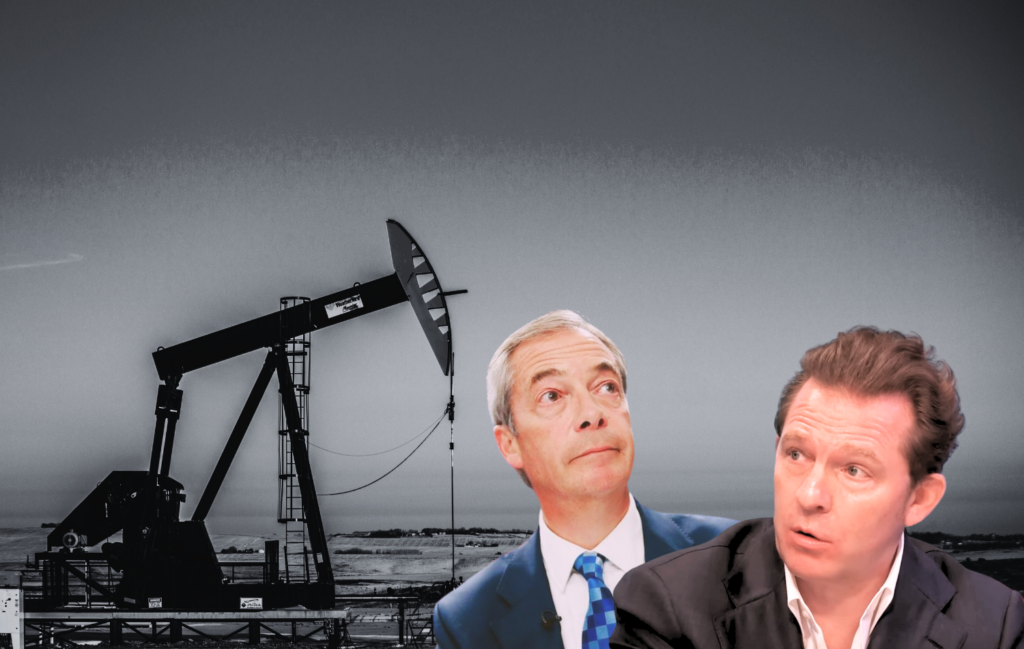It may be far cheaper than previously estimated for American car manufacturers to meet fuel efficiency standards — slashing greenhouse gas emissions, improving air quality, and helping drivers keep the cost of filling their gas tanks low — because the Environmental Protection Agency (EPA) might have overestimated the price tag on innovation by as much as 40 percent, a newly published report by the International Council on Clean Transportation (ICCT) concludes.
The report comes a week after President Donald Trump visited Detroit and his administration lauched efforts expected to roll back federal standards requiring automakers to make new cars far more fuel efficient by 2025. However, the federal government isn’t the only regulator in the U.S. with the authority to set emissions standards for cars.
California May Diverge from Trump Rules
On Friday, March 24, the California Air Resources Board will hold a meeting to review California’s emissions standards for model years 2022–2025, and they have the option to stick with the rules that Trump’s administration is backing away from.
And because a dozen other states follow California’s standards, what the California Air Resources Board decides will affect over a third of the U.S. new car market — or about 6 million car sales a year.
“Our research casts fresh doubt on automakers’ claims that the standards are too difficult and costly to meet,” said Nic Lutsey, ICCT program director and the lead author of the paper, which drew on data supplied by major auto parts manufacturers like Honeywell, BorgWarner, and Johnson Controls. “If the U.S. wants to be a global leader, and remain a stable market for vehicle technology investments here, they will stick with the standards.”
Trump’s Move to Loosen Regulations
President Trump has claimed that “industry-killing regulations” are leaving American automakers at a competitive disadvantage and that rolling back the Corporate Average Fuel Economy (CAFE) standards will protect American jobs.
“We’re going to work on the CAFE standards so you can make cars in America again,” President Trump said in a speech in a Detroit suburb last week, as his administration made its first moves toward rolling back federal emissions standards. “We want to be the car capital of the world again.”
But Lutsey told DeSmog that Trump’s approach might actually make things worse for U.S. automakers. “Perhaps more than a possible weakening of the U.S. standards, the uncertainty of the standards remaining under consideration through 2018, presents a risk for U.S. vehicle technology investments.”
“While the U.S. standards are being reconsidered, Europe and China, which already have more stringent standards, continue work to make them tougher yet,” he added.
Since Trump’s election, automakers have argued that it will simply cost too much to comply with the timetable laid out by CAFE standards crafted during the Obama administration.
“If left unchanged, those standards could cause up to 1.1 million Americans to lose jobs due to lost vehicle sales,” Mitch Bainwol, the chief executive of the Alliance of Automobile Manufacturers, which represents a dozen automakers, including Ford and General Motors, wrote in a February letter to EPA chief nominee Scott Pruitt and other Trump appointees.
As DeSmog previously reported, “Those rules, however, have been slowly ratcheting up fuel efficiency standards since 2009 — and so far fears of devastating the auto industry have not been borne out. ‘The industry has now seen six consecutive years of increases and a new all-time sales record in 2015, reflecting positive consumer response to vehicles complying with the standards,’ a 1,200-page report on the CAFE standards’ effectiveness, authored by the Environmental Protection Agency (EPA), California’s Air Resources Board, and the National Highway Traffic Safety Administration, concluded last year. Over that same time, the industry added roughly 700,000 jobs, according to the Blue Green Alliance.”
Volkswagen Cheating on Emissions Tests
The ICCT is perhaps best known for discovering evidence that Volkswagen had deliberately engineered its diesel cars to cheat on U.S. vehicle emissions tests. The ensuing scandal lead to a $14.7 billion consent decree between the company and the Department of Justice, the Environmental Protection Agency, and the Federal Trade Commission, as well as class actions from investors and car buyers in the U.S., Canada, Australia, and Germany.
Asked if the Volkwagen scandal was evidence that car-makers were already struggling to meet the CAFE standards, Lutsey said there remain many relatively inexpensive and legitimate ways for automakers to cut emissions and raise gas mileage.
“Through lots of engineering innovations, these efficiency technologies just keep getting better and even more cost-effective, ensuring the 2025 standards remain feasible — without deceptive practices,” he told DeSmog. “We do not see any credible connection between cheating on emission standards and automakers’ ability to comply with the adopted standards.”
Electric Vehicles See Much Lower Cost Estimates
The report identifies how much specific technologies are expected to cost, and finds that costs will often be far lower than EPA had projected — much lower.
While EPA expected that meeting the 2022–2025 standard would add $875 to the sticker price of an average vehicle, the ICCT projects that the additional cost per car will instead be $551.
“Regulatory matters are usually pretty dry but that’s a mic drop moment,” The Truth About Cars, an automotive news site, wrote, adding that “protesting on the grounds of excessive cost becomes a little less potent when the necessary investment is the same price as a remote starter and some floor mats.”
But while EPA‘s projections for some specific technologies like more efficient exhaust systems on conventional cars were overstated by $100 or so, the cost of new technology used in electric vehicles falls drastically below what EPA predicted, the ICCT report notes.
“The largest cost difference is in the case of electric vehicles, where our costs are approximately $1,600–$2,700 less than those of the U.S. EPA,” the report concludes.
That helps explain why, while advanced transmissions, turbo-chargers and the use of lighter weight materials could all help improve gas mileage in new cars, it’s the market for electric vehicles that could really begin to heat up, Lutsey said.
“What we find in this report was, that due to major battery cost reductions, efficiency standards could really push wider deployment of electric vehicles from 2025 to 2030 — up to 23 percent of new vehicles by 2030,” he told DeSmog. “We didn’t expect to see this.”
The EPA has not responded to a request from DeSmog for comment on the ICCT‘s findings of reduced costs.
California Committed to High Standards
California regulators have previously indicated that they plan to keep their CAFE standards high even if the Trump administration scraps the federal rules. “We intend to stick by the commitments that we made,” Air Resources Board Chair Mary Nichols told Reuters last week. “If the issue is are they going to relax the standards, then we would vehemently oppose that.”
If California keeps its CAFE standards, it could help U.S. automakers remain competitive in the global marketplace. Europe, China and Japan all have their own fuel economy standards scheduled to go into effect in the next few years — which means that automakers who want to market U.S. cars abroad will need to meet tighter standards.
“We’re all global companies,” Hyundai-Kia Powertrain Director John Juriga told Ford Authority earlier this week. “We have to design our vehicles to be fuel efficient not only in the U.S., but in Europe and Asia.”
Main image: Gas pump Credit: Mike Mozart, CC BY 2.0
Subscribe to our newsletter
Stay up to date with DeSmog news and alerts







